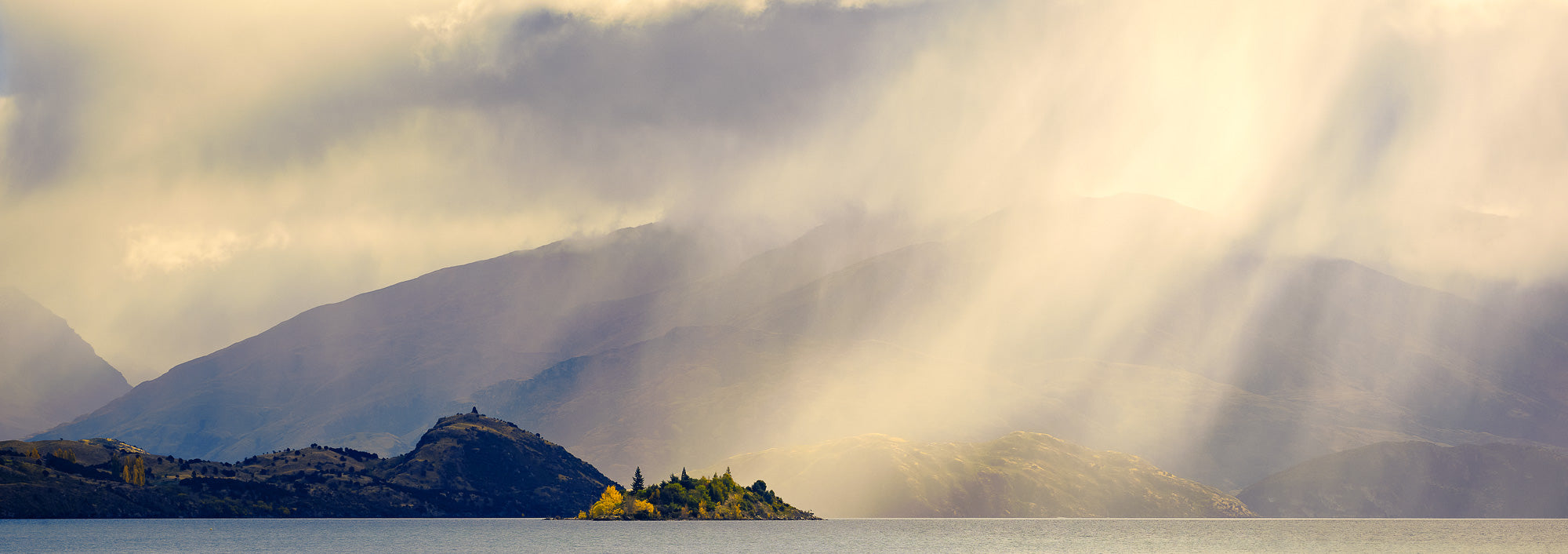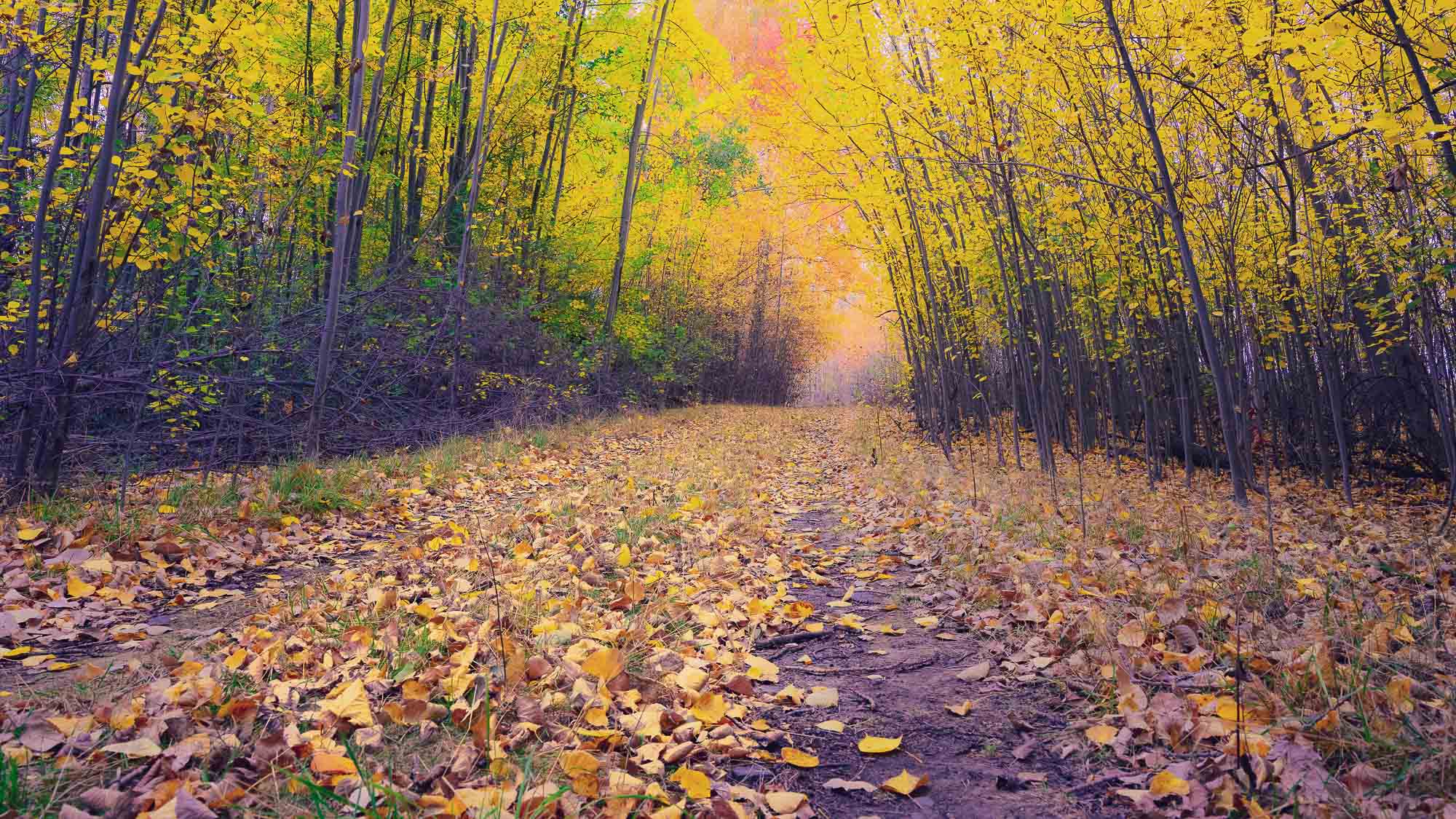
How to Photograph Autumn (or Fall) Landscapes
Share
An introduction to Autumn landscape photography by New Zealand award winning landscape photographer Stephen Milner
In todays blog, I will be sharing with you my top eleven tips on how to photograph Autumn (or Fall) landscapes to get the best photos you can.
And at the end of this blog, I will be tell you about my New Zealand Autumn photography tour in 2023 and 2024, I will tell you bout my new Autumn Collection of ready to hang artwork that has just launched, and I will tell you about my new film photography book Volcanic Aotearoa New Zealand.
So, let’s gets started some tips on how you can get the best out of your photography this Autumn.
1. Photograph Autumn Landscapes during the Golden Hour
This is is relevant for all landscape photography. Take advantage of the warm sunlight when it shines over the landscape at a low angle, it will make the landscape appear vibrant, and especially where there is already vibrant autumn colours. The low angle of the sun will create beautiful micro contrast in the landscape, especially if the direction of the sun is from the side or behind you.
Keep en eye on the sunset and sunrise times and watch out for other elements in the landscape that may cause unwanted shadows in the landscape. Keep an eye on the weather and plan when you will be doing your autumn photography.
 Example photo with side lighting on the Autumn trees.
Example photo with side lighting on the Autumn trees.
2. Fog and overcast days can be just as good
Autumn isn’t a season where you can expect sunshine every day. Don’t be afraid to photograph your autumn landscape when it is foggy or overcast. Fog does a wonderful job of diffusing the light. It will soften the landscape and create a painterly effect to your photos.
Overcast days make Autumn photography possible all day long because the clouds will diffuse the light. Diffused light is great for those telephoto abstract photos. If you are using your wide angle lens, be patient and time your photos to when there is direct sunlight on the autumn trees. This will add some nice mood to your photos.

Example photo taken on an overcast day
Join me in April 2023 and 2024 on a ten day New Zealand South Island Autumn Landscape Photography Tour
View more here
3. Don’t make Autumn colours the primary focus
If you are using a wide angle lens, have a think about what you want the primary focus of your photo to be. Wide angle lenses are awesome for emphasising the foreground or sky. Try to compose your landscapes with other elements like rivers, waterfalls, paths that are surrounded by autumn colours. This approach will help create a feel of human connection to your photos.

Example photo with human made elements in the landscape that will resonate with people e.g. boats
4. Look for patterns and textures
Don’t just think wide and big. Try using a telephoto lens, pick out some intricate elements of your Autumn landscape and try to create some abstract photography. Use colour carefully in these type of photos and look for patterns. Contrast is also important, look for contrast in textures, colours, tones. Experiment with your aperture settings to create contrast in sharpness and softness. This can be a nice technique to emphasis the important elements in your photos.

Example photo of Autumn trees with symmetry patterns in the trunks
5. Look for elements that contrast with the Autumn or fall colour
When you are exploring your autumn landscape, look for other elements in the landscape that contrast the warm autumn colours. Priorities photographing your landscapes when the light is on the Autumn tree, and allow the surrounding landscape to be in shade. Shade areas will naturally have a blue hue and this will contrast nicely with the warm yellow autumn colours.

Example photo showing colour contrast the warm yellow light and leaves against the blue cold clouds
Are you looking for your perfect piece of artwork to elevate you wall space?
Explore my Autumn collection of ready to hang artwork here. Free shipping in the USA and Canada.

6. Be patient
Learn to work with the weather conditions that you have and be patient. Keep an eye on the the autumn colours and try to photograph them when they are at their best. However, don’t be afraid of photographing autumn trees at the start of autumn when the leaves start to change and have different colours, and at the end of autumn when the leaves are brown.
While autumn colours are wonderful, they can be even more stunning when combined with the right light. For instance, a small patch of sunlight on a carefully placed patch of Autumn trees, or dappled light hitting a sea of yellow trees. This will create some mood in the landscape and is often the difference between a good image and a great image.
Unfortunately, the light rarely does what you want exactly and when you want, so if you find a beautiful composition, be ready to wait for the perfect light.

Example photo where I had to wait one hour until the light was hitting the island with Autumn leaves
7. Take advantage of natural framing
Try using the natural forms of the autumn trees and other elements of the surrounding landscape to create unique compositions by using their form to frame elements in the landscape. Look for branches, leaves, trees or other natural elements that can frame your main subject. Doing so will help emphasise the main subject of your image and you will have a beautiful and interesting frame around it.
Example of natural framing by the Autumn trees
8. Use a Circular Polariser
The Circular Polariser is your best friend for autumn photography, regardless of whether you’re photographing abstract or expansive scenes. There are several benefits of using one, but here are the most important:
- It enhances the contrast & colours by removing glare on the shiny autumn leaves and by deepening shadows.
- It enhances the blue sky on clear days. But, be careful when using it with wide angle lenses on large blue sky areas in your photos to avoid banding.
- It removes unwanted glare from water, rain and wet days
- and it allows you to use a slightly slower shutter speed, which can be ideal when photographing bright rivers and streams.

Example of a photo taken with a polariser. The polariser was used to remove glare and increase the shadows in the mountains.
9. Apply a warm White Balance
When you are editing you photos, keep in mind that your camera system may not automatically set its best colour profile for Autumn colours. Manually adjust your white balance during editing to reduce blue and boost yellow. This will compliment the autumn colours and give your photos a warmth feel.

Example photo that was taken on an overcast day and a warm white balance has been set.
10. Apply a colour grade
I have already mentioned that opposite colours work well with each other. When you are editing your photos, apply a colour grade that emphasises the autumn feel. Boost the warmth of your photos with a yellow colour grade. And to contrast the yellow, add a subtle blue colour grade to the shadow areas.

Example photo that has been colour graded with yellow in the highlights and blue in the shadows.
11. Explore, be unique and try to create a collection photos.
If you can, try to explore areas that have seen less foot traffic. This will give you the best opportunity to create something unique. And, when you find it, let you creativity run wild. Try to create a collection of photos that tell a story of your autumnal experience.

My collection on 2023 Autumn artwork.
Watch my How to Photograph Autumn (or Fall) Landscapes YouTube video
Add my book Volcanic Aotearoa New Zealand to you coffee table or book shelf.
Volcanic Aotearoa New Zealand tells Māori legend stories of love and war between New Zealand’s volcanoes, it is a story of how I faced my fear of volcanic activity, and it shows my journey with film photography since 2019. All the photos in my book were made using medium format film cameras, the Mamiya 7, the Mamiya 6 and Hasselblad 503CW.
Explore my books here








